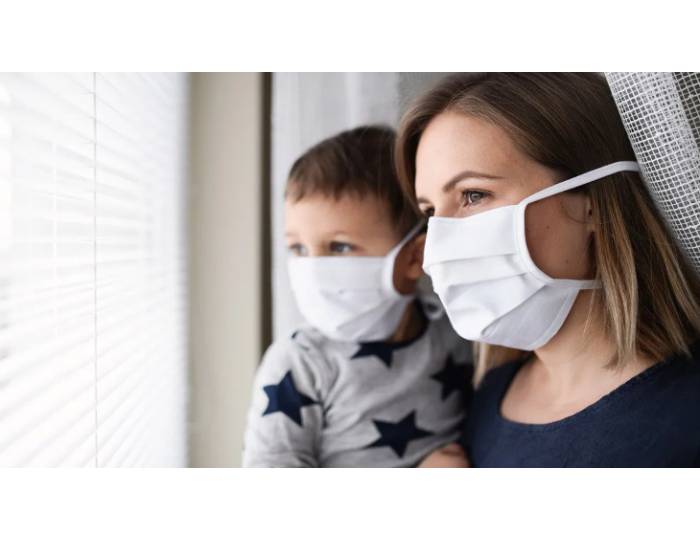Mouthwash Can’t Replace a Mask for Stopping the Spread of COVID-19

Frequent handwashing, following social or physical distancing rules, and using face coverings in mass transportation and shops are still some of the best ways to protect against the new coronavirus.
However, a new study finds that ingredients in commercially available mouthwash may damage the virus that causes COVID-19 in a way that makes it harmless. The report, recently published in the journal Function, suggests that there’s an “urgent need” to test the effectiveness of this approach in clinical trials.
Previous
“Information has emerged highlighting how important the throat and salivary glands are as a site of virus replication in early disease and also in people who don’t have symptoms and how they seem to be involved in transmission of infection,” lead author Valerie O’Donnell, PhD, director, division of infection and immunity and co-director of the Systems Immunity Research Institute at Cardiff University, told Healthline. “It seemed worthwhile to check if there was any potential for direct antiviral targeting of virus in the throat via damaging the membrane.”
Research finds that mouthwash ingredients have a potential role in the fight against COVID-19. They say that commercially available mouthwash could damage the new coronavirus in such a way to render it harmless.
Some scientists emphasize that since the throat is a major area of infection for COVID-19, then strategies, like mouthwash, that reduce the concentration of virus in mucous membranes could contribute to reduced transmission risk.
Other experts disagree and point out that the coronavirus can quickly multiply in the throat even after using mouthwash, and that masks and social or physical distancing are still the best ways to prevent spreading or developing the infection.
